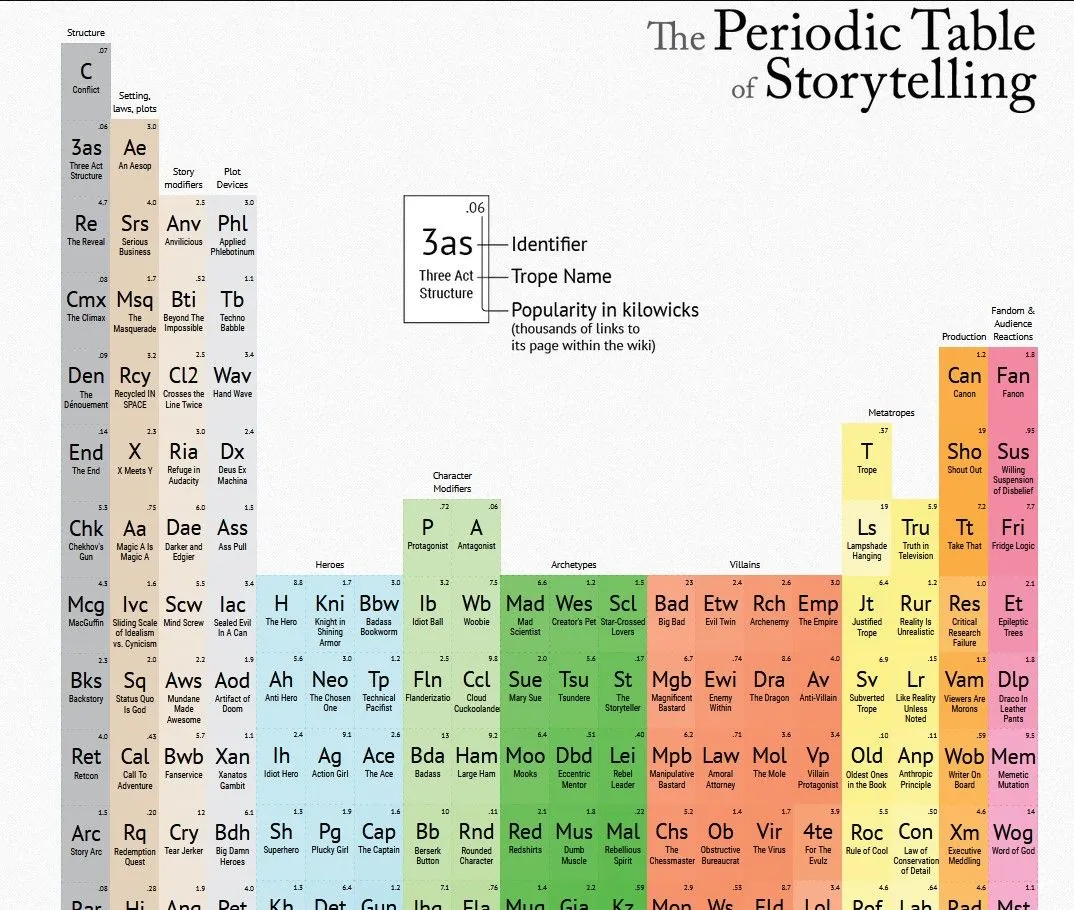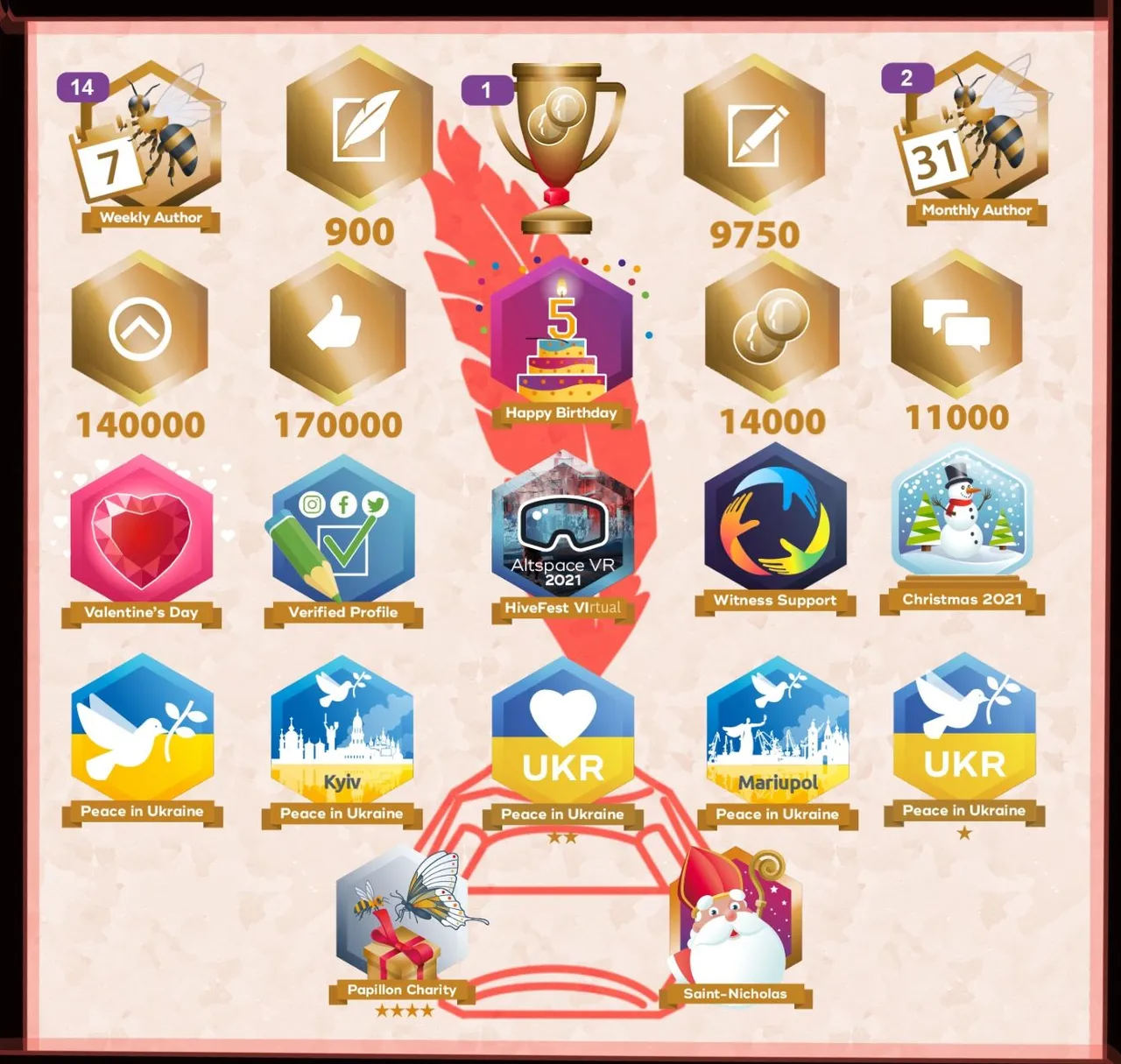
Exploring the trope’s role in storytelling.
People have shared stories since their earliest of times. News was passed through travellers telling stories. Many concepts are more readily understood through relatable stories than reciting boring, cliche details.
Tropes are used as the building blocks of stories. Different ones for different points of the story. When done effectively, they guide the audience in a frictionless manner allowing them to become engrossed in the story.
What's A Trope?
A trope is the use of words or situations with the meaning changed. Figurative speech is a form of trope as are metaphorical references. They are most commonly used as plot devices in storytelling.
Tropes come in many shapes and uses, they can be a theme, symbol, literary device, character etc. Some can be combined to created now outlooks. Using them in storytelling allows the creator to convey the uniqueness of the story and its characters.
Their imagery is something most audiences have some familiarity with sort of like a song in a familiar key even though you might not know the words.
Familiar concepts the audience recognizes means you don't have to take them out of the story to explain what is going on. For example if a character said something moved at light-speed, no explanation is needed.
Some tropes are more commonly found in specific genres like in fantasy the use of the term 'the Chosen One' or in romance a 'fake relationship'. Some will refer to cultural references, for example if I make reference to going to 'Timmies', Canadians will know it refers to the coffee/donut chain called Tim Hortons.
Tropes Are Not Cliches
Tropes are often mixed up with cliches. There can be some similarities and also distinctive differences. The most important difference is the comfortable familiarity a trope will convey while a cliché will render work dull and uninteresting.
The effective use of tropes is an important part of writing good stories. Use them well and you have a rich, compelling story. Poorly and you've got stacked up cliches. Storytelling is not just used to tell fiction stories, the skill of telling effective stories is an important tool for effective communitication.
Exploring Tropes
There are many kinds of tropes used at different points in a story. I could attempt to use some examples here but truly, I’d be hit and miss on what would interest you.
What prompted me to write this piece was coming across first a page called “The Periodic Table of Storytelling”. Designed to look like the periodic table we all were familiar with in science. The header image on this post is from the table.
The ‘elements’ on the table refer to tropes used in storytelling. Each element has an identifier, a trope name and in the top right corner a number referring to popularity in kilowicks. The small print refers to links to pages within the wiki expressed in thousands.
Wiki? What wiki?
Well, then I started exploring the links attached to each of the elements. They took me to a page on TVTropes where I found a detailed exploration of each trope, including examples.
By the time you finish exploring, you’ll have a pretty clear idea of what the trope is, how it’s used and the meaning conveyed.
Don’t know about you, but I think spending some time exploring that periodic table and the wiki could really enrich your storytelling skills.
A Literary Device Resource
Before I go, I should also share with you a website devoted to helping you understand literary devices and how to use them.

Shadowspub is a writer from Ontario, Canada. She writes on a variety of subjects as she pursues her passion for learning. She also writes on other platforms and enjoys creating books you use like journals, notebooks, coloring books etc.

Would you like to receive writing prompts every day? You can subscribe to Prompt A Day to get started.

Share your posts by joining us on the DreemPort Discord

